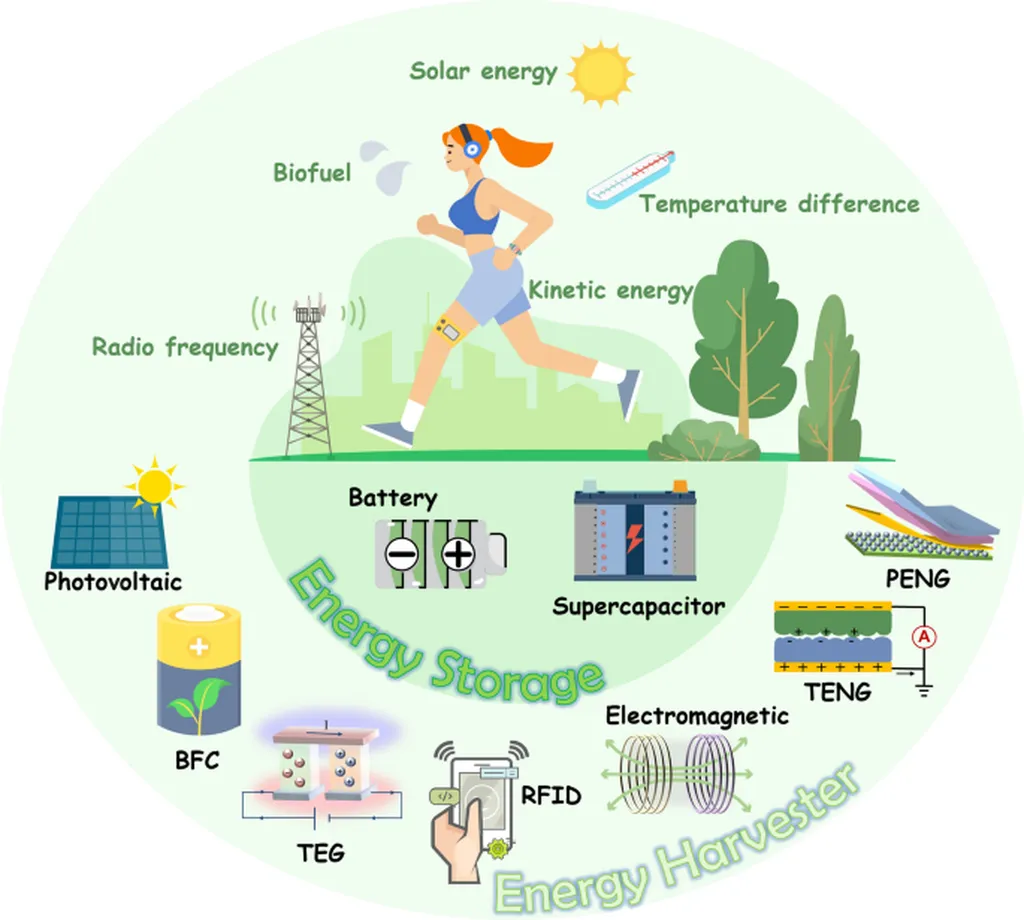In a world increasingly hungry for sustainable and self-sufficient power solutions, a new study published in the journal *Energies* (translated from the original Latin) offers a promising glimpse into the future of energy harvesting (EH) systems. Led by Peter Sevcik from the Department of Technical Cybernetics at the University of Zilina in Slovakia, the research delves into the potential of EH systems to revolutionize the way we power low-energy devices, from wearable health monitors to remote sensors.
Energy harvesting systems capture and convert ambient energy sources—such as solar, wind, thermal gradients, and even vibrations—into usable power. These systems are particularly appealing because they reduce reliance on conventional power grids and batteries, enhancing the sustainability and self-sufficiency of Internet of Things (IoT) devices. “The real allure of energy harvesting lies in its ability to power devices in environments where traditional power sources are impractical or unavailable,” Sevcik explains. “Imagine a network of sensors monitoring structural integrity in remote locations, or wearable health monitors that never need battery replacements. These are the kinds of applications that could redefine entire industries.”
The study highlights the diverse applications of EH systems, including wireless sensor networks and remote structural sensors, where frequent battery replacement is often impractical. However, the technology is not without its challenges. Intermittent energy availability, limited storage capacity, and low power density are significant hurdles that require innovative design approaches and efficient energy management strategies. “Overcoming these challenges is critical to unlocking the full potential of energy harvesting,” Sevcik notes. “We need to develop more efficient transducers and better energy storage solutions to make these systems viable on a larger scale.”
The research provides a comprehensive overview of the subsystems within energy harvesting systems and the various transducer technologies used to capture ambient energy. By addressing these technical challenges, the study paves the way for more reliable and efficient EH systems that could transform industries ranging from healthcare to infrastructure monitoring.
The commercial implications of this research are substantial. As businesses increasingly prioritize sustainability and operational efficiency, energy harvesting systems could become a cornerstone of the energy sector. “The shift toward self-sustaining operations is not just a technological advancement; it’s a strategic imperative,” Sevcik says. “Companies that adopt these technologies early will gain a competitive edge by reducing costs, minimizing environmental impact, and enhancing the reliability of their operations.”
As the energy sector continues to evolve, the insights from this research could shape the development of next-generation power solutions. By harnessing the potential of ambient energy, we may soon see a future where devices are powered not by grids or batteries, but by the very environment around them.

